
Archetypes, are not the same as stereotypes
Archetypes.
In Sahaja Yoga how would we define an Archetype? I think we would go for the definition by the psychologist ‘Jung’, who referred to an original model or type after which other similar things are patterned. In Jungian psychology, it is ‘an inherited pattern of thought or symbolic image that is derived from the past collective experience of humanity and is present in the unconscious of the individual’. This may sound complicated, in lay terms, it basically means that throughout history we have had archetypes, if we look at the female archetype we may say, the female figure may be portrayed as a child bearing figure, giving sustenance to her baby, a dependable mother, an earth style female figure, a woman who is giving, benevolent and loving.
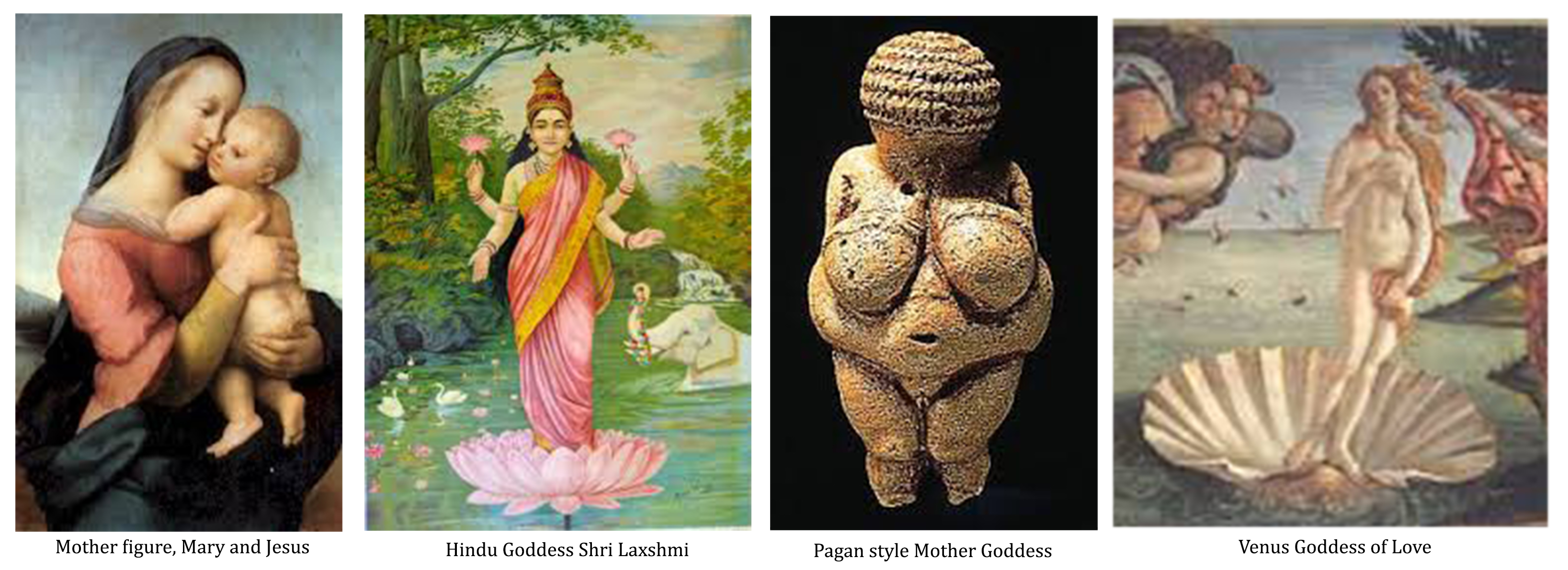
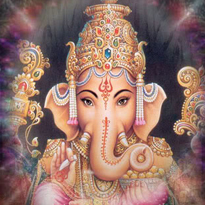
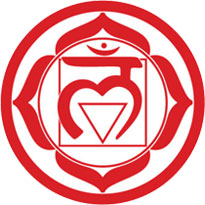 The First Chakra is the Mooladhara Chakra which resides in the Pelvis Plexus, below the Sacrum bone, it has the Quality of innocence, wisdom, a principle to remove obstacles, (as adults we put obstacles in our path when making decisions, children are free from this as they are not trained to see negatives around every corner. Nor do they have a hidden agenda when communicating or interacting with people which makes them pure and humble) the Deity is represented by Shri Ganesha in the Hindu tradition and the Archetype is Innocence, Humility, Purity and Fearlessness.
The First Chakra is the Mooladhara Chakra which resides in the Pelvis Plexus, below the Sacrum bone, it has the Quality of innocence, wisdom, a principle to remove obstacles, (as adults we put obstacles in our path when making decisions, children are free from this as they are not trained to see negatives around every corner. Nor do they have a hidden agenda when communicating or interacting with people which makes them pure and humble) the Deity is represented by Shri Ganesha in the Hindu tradition and the Archetype is Innocence, Humility, Purity and Fearlessness.
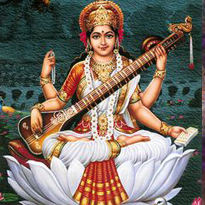
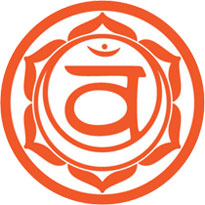 The second chakra is known as the Swadhishthan Chakra it resides in the Aortic Plexus, the abdomen area, it has he Quality of Creativity and Knowledge, part of this Architype is to be your own teacher, in this respect we can combine the awakened qualities of the 1st Chakra, the Mooladhara Chakra. The quality of this chakra is that we should become own teacher, not to know the faults of other but to know and correct our own misgivings. To be in touch with our innocence to develop our pure inner wisdom, the second quality is to be creative, to be creative doesn’t only apply to the arts, to be truly creative has many facets, we could be a creative cook, a creative gardener, a creative problem solver at work or in awkward situations, to be creative in the widest sense. The Deity is represented by Shri Brahmadev Saraswati.
The second chakra is known as the Swadhishthan Chakra it resides in the Aortic Plexus, the abdomen area, it has he Quality of Creativity and Knowledge, part of this Architype is to be your own teacher, in this respect we can combine the awakened qualities of the 1st Chakra, the Mooladhara Chakra. The quality of this chakra is that we should become own teacher, not to know the faults of other but to know and correct our own misgivings. To be in touch with our innocence to develop our pure inner wisdom, the second quality is to be creative, to be creative doesn’t only apply to the arts, to be truly creative has many facets, we could be a creative cook, a creative gardener, a creative problem solver at work or in awkward situations, to be creative in the widest sense. The Deity is represented by Shri Brahmadev Saraswati.
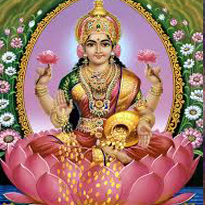
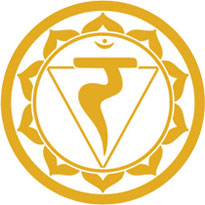 Third Chakra is knows as the Nabhi Chakra which is the Solar Plexus, the stomach area, on a gross level, we can easily understand that the stomach gives us a sense of satisfaction after eating nice food, the same system takes out the nourishing things from the food and uses these nutrients to keep the body healthy, by the same token it expels that which isn’t beneficial to the body, this is the physical side. The higher quality is to feel satisfied within, not to be looking for a ‘quick fix’ materialistic gain, giving tempory happiness. When life isn’t delivering us the happiness we were promissed from materialism this centre will often lead us to ‘seeking’ something higher and more perminently, s shift towards finding the inner joy. The Deity is Shri Lakshmi Vishnu,
Third Chakra is knows as the Nabhi Chakra which is the Solar Plexus, the stomach area, on a gross level, we can easily understand that the stomach gives us a sense of satisfaction after eating nice food, the same system takes out the nourishing things from the food and uses these nutrients to keep the body healthy, by the same token it expels that which isn’t beneficial to the body, this is the physical side. The higher quality is to feel satisfied within, not to be looking for a ‘quick fix’ materialistic gain, giving tempory happiness. When life isn’t delivering us the happiness we were promissed from materialism this centre will often lead us to ‘seeking’ something higher and more perminently, s shift towards finding the inner joy. The Deity is Shri Lakshmi Vishnu,
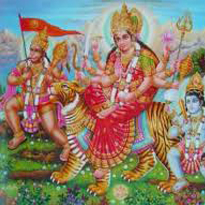
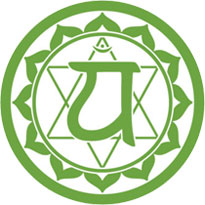 The Fourth Chakra is called the Anahata Chakra it is placed in the Cardiac Plexus, along side the Heart and lungs, again it has two main principles the 1st is the Quality of Security, this on the gross level. In the sternum bone we produce antibodies for the body to combat infection such as a bacterial infection. On a more subtle level this centre gives you a sense of emotional security a brave and fearless personality, the 2nd principle which is related to the heart is that of Compassion and unconditional love the Deity/Archetpe in the Hindu tradition would be Shri Durga, she is depicted riding a Lion or Tiger to protect her devotees.
The Fourth Chakra is called the Anahata Chakra it is placed in the Cardiac Plexus, along side the Heart and lungs, again it has two main principles the 1st is the Quality of Security, this on the gross level. In the sternum bone we produce antibodies for the body to combat infection such as a bacterial infection. On a more subtle level this centre gives you a sense of emotional security a brave and fearless personality, the 2nd principle which is related to the heart is that of Compassion and unconditional love the Deity/Archetpe in the Hindu tradition would be Shri Durga, she is depicted riding a Lion or Tiger to protect her devotees.
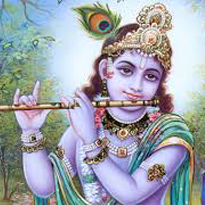
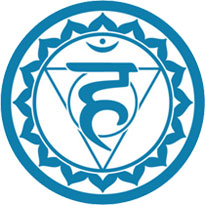 The Fifth Chakra which is called the Vishuddhi Chakra and placed in the Cervical Plexus, centre of the pit of the neck, the Quality/Archetype is that of ‘sweet speech’, not to speak too little without a sense of value or self-esteem, not to speak harshly, with arrogance or pride but to speak sweetly, to value others, the highest ideal would be to know that we are all one, that we are all collectively connected to the divine. The Deity for the throat chakra is Shri Krishna and his Shakti power Shri Radha, On all of the centres we always have two archetypes, we have the ‘male’ aspect representing the action and the ‘female’ aspect representing the sustenance of that principle.
The Fifth Chakra which is called the Vishuddhi Chakra and placed in the Cervical Plexus, centre of the pit of the neck, the Quality/Archetype is that of ‘sweet speech’, not to speak too little without a sense of value or self-esteem, not to speak harshly, with arrogance or pride but to speak sweetly, to value others, the highest ideal would be to know that we are all one, that we are all collectively connected to the divine. The Deity for the throat chakra is Shri Krishna and his Shakti power Shri Radha, On all of the centres we always have two archetypes, we have the ‘male’ aspect representing the action and the ‘female’ aspect representing the sustenance of that principle.
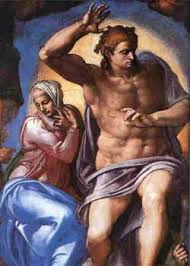
 The sixth Chakra is called the Agnya Chakra which is placed in the Optic Chiasma, in the centre of the brain. On the gross level it maintains the whole of the endocrine system regulating the hormones for the whole body, keeping the whole of the body in balance The Archetype of this centre is the Lord Jesus Christ who was the embodiment of ‘forgiveness and humility’, the Lords prey is a ‘mantra’ of forgiveness. Again we have the two archetypes, we have the ‘male’ aspect representing the action, that being the Lord Jesus Christ and the ‘female’ aspect representing the sustenance of that principle, Mother Mary.
The sixth Chakra is called the Agnya Chakra which is placed in the Optic Chiasma, in the centre of the brain. On the gross level it maintains the whole of the endocrine system regulating the hormones for the whole body, keeping the whole of the body in balance The Archetype of this centre is the Lord Jesus Christ who was the embodiment of ‘forgiveness and humility’, the Lords prey is a ‘mantra’ of forgiveness. Again we have the two archetypes, we have the ‘male’ aspect representing the action, that being the Lord Jesus Christ and the ‘female’ aspect representing the sustenance of that principle, Mother Mary.
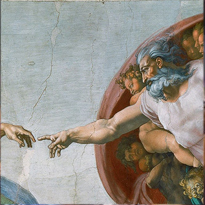
 The seventh Chakra known as the Sahastrara is situated in the Limbic area of the brain represents total Peace and the state of true Enlightenment, it is the accumulation of all the true and pure principles of all the archetypes coming together in perfect harmony. Again we have the two archetypal priciples, we have the ‘male’ aspect representing the action, that being God Almighty and the Adi Shakti, the primordial female power which sustains everything in creation.
The seventh Chakra known as the Sahastrara is situated in the Limbic area of the brain represents total Peace and the state of true Enlightenment, it is the accumulation of all the true and pure principles of all the archetypes coming together in perfect harmony. Again we have the two archetypal priciples, we have the ‘male’ aspect representing the action, that being God Almighty and the Adi Shakti, the primordial female power which sustains everything in creation.
Shri Mataji explains the quality of each chakra
